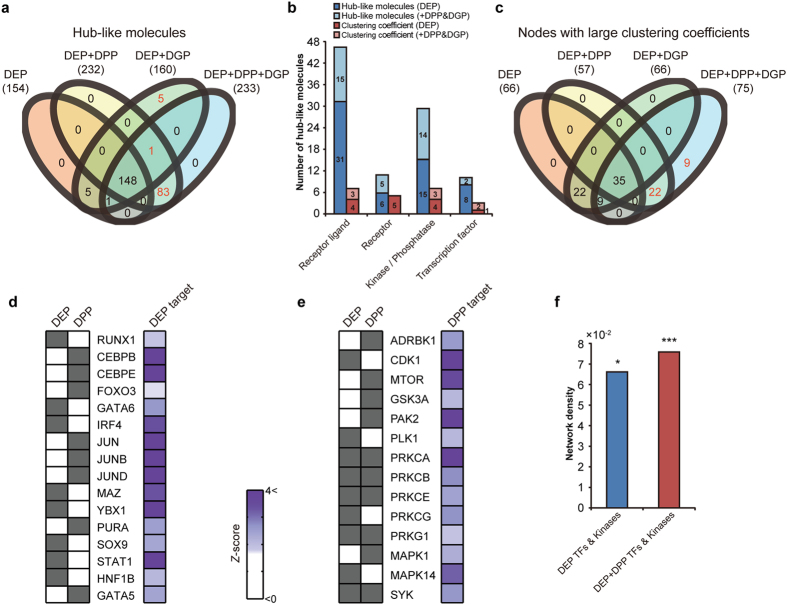Figure 5. Effective identification and prioritization of key network regulators by the complementary multi-dimensional proteomes.
(a) Relationships of hub-like molecules identified for the four sets of the altered proteins in gastric cancers: DEPs, DEP + DPPs, DEP + DGPs, and DEP + DPP + DGPs. Total numbers of hub-like molecules identified for the four sets were denoted in parenthesis. Red numbers indicate additional hub-like molecules identified by including DPPs or DGPs. (b) Numbers of hub-like molecules involved in the indicated four groups of signaling molecules. Colored stacked bar graphs showed incremental identifications of hub-like molecules and nodes with large clustering coefficients by the indicated multi-dimensional proteomes (see color legend). (c) Relationships of nodes with large clustering coefficients identified for the four sets of the altered proteins. (d-e) Key TFs (d) and kinases (e) identified using the DEPs and DPPs. Z scores represent the significance of the TFs and kinases having their downstream targets. Color bar, gradients of the Z scores. (f) Increased density of the networks describing interactions among the key TFs and kinases by the multi-dimensional proteomes. *P < 0.05; ***P < 0.001.

